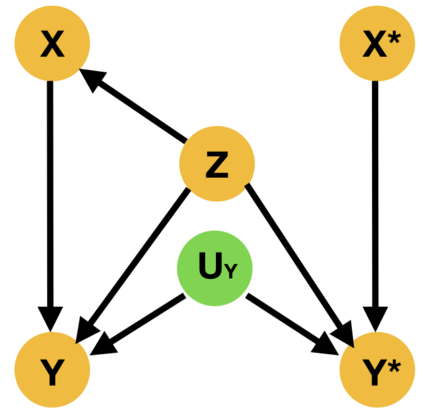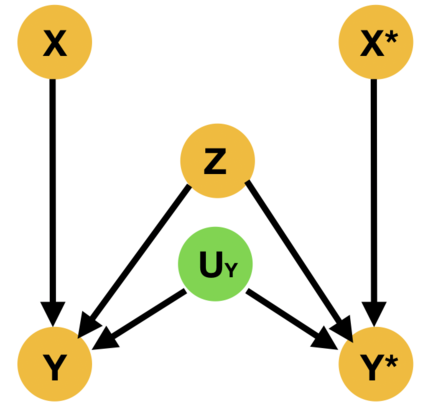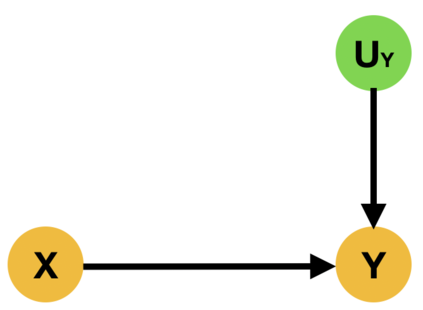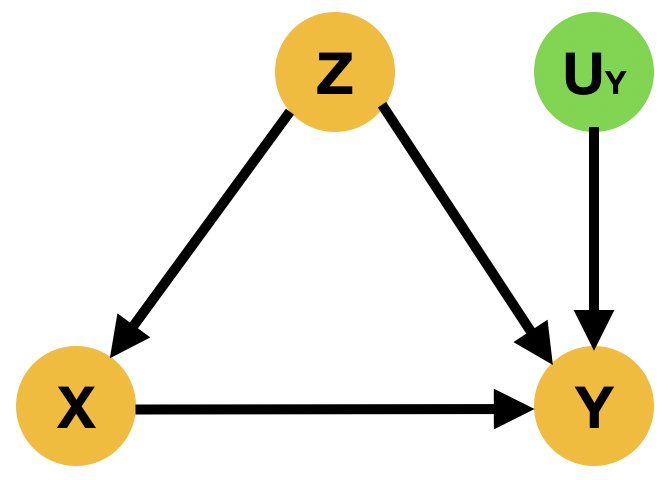Counterfactual inference is a powerful tool, capable of solving challenging problems in high-profile sectors. To perform counterfactual inference, one requires knowledge of the underlying causal mechanisms. However, causal mechanisms cannot be uniquely determined from observations and interventions alone. This raises the question of how to choose the causal mechanisms so that resulting counterfactual inference is trustworthy in a given domain. This question has been addressed in causal models with binary variables, but the case of categorical variables remains unanswered. We address this challenge by introducing for causal models with categorical variables the notion of counterfactual ordering, a principle that posits desirable properties causal mechanisms should posses, and prove that it is equivalent to specific functional constraints on the causal mechanisms. To learn causal mechanisms satisfying these constraints, and perform counterfactual inference with them, we introduce deep twin networks. These are deep neural networks that, when trained, are capable of twin network counterfactual inference -- an alternative to the abduction, action, & prediction method. We empirically test our approach on diverse real-world and semi-synthetic data from medicine, epidemiology, and finance, reporting accurate estimation of counterfactual probabilities while demonstrating the issues that arise with counterfactual reasoning when counterfactual ordering is not enforced.
翻译:反事实推论是一个强有力的工具,它能够解决高知名度部门的挑战性问题。为了进行反事实推论,人们需要了解内在因果关系机制。然而,因果机制不能单凭观察和干预而独有地决定。这提出了如何选择因果机制的问题,从而导致的反事实推论在特定领域是可信的。这个问题已在因果模型中用二元变量加以解决,但绝对变量的案例仍然得不到解答。我们通过引入具有绝对变量的因果模型来应对这一挑战,即反事实命令概念,该原则规定适当的因果机制应占有,并证明它等同于对因果机制的具体功能限制。为了了解满足这些限制的因果机制,并与它们进行反事实推论,我们引入了深厚的双向网络网络。这些深层的神经网络在经过培训后,能够产生双网络反事实推论 -- -- 绑架、行动、和预测方法的替代办法。我们从经验上测试了我们对于不同现实世界和半合成的医学、流行病学和融资数据所采用的方法的方法,并证明它等同于对因果关系机制的具体功能限制。为了了解满足这些制约性机制,而报告反事实推论的准确的估计。










